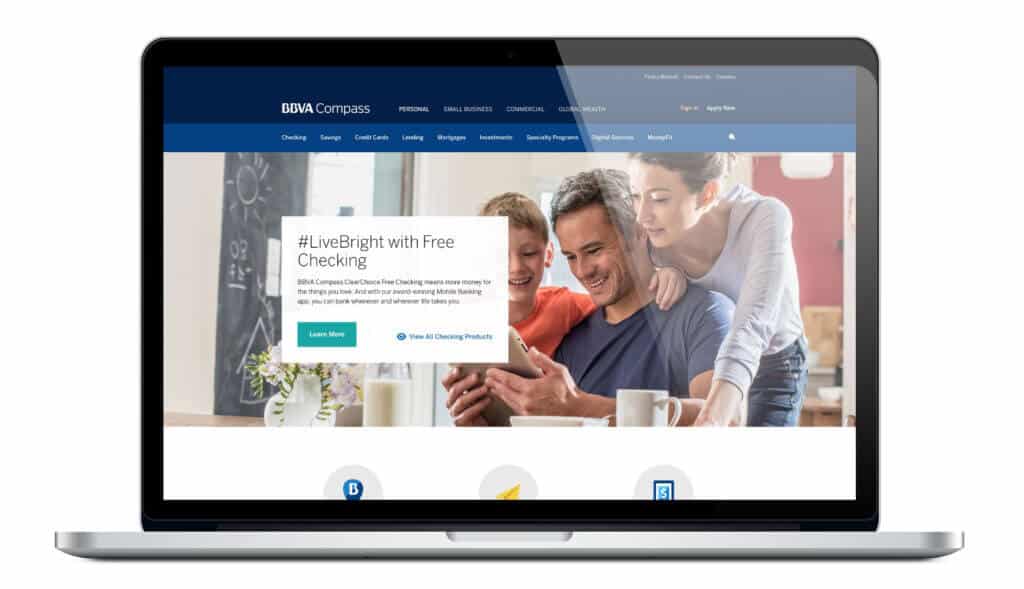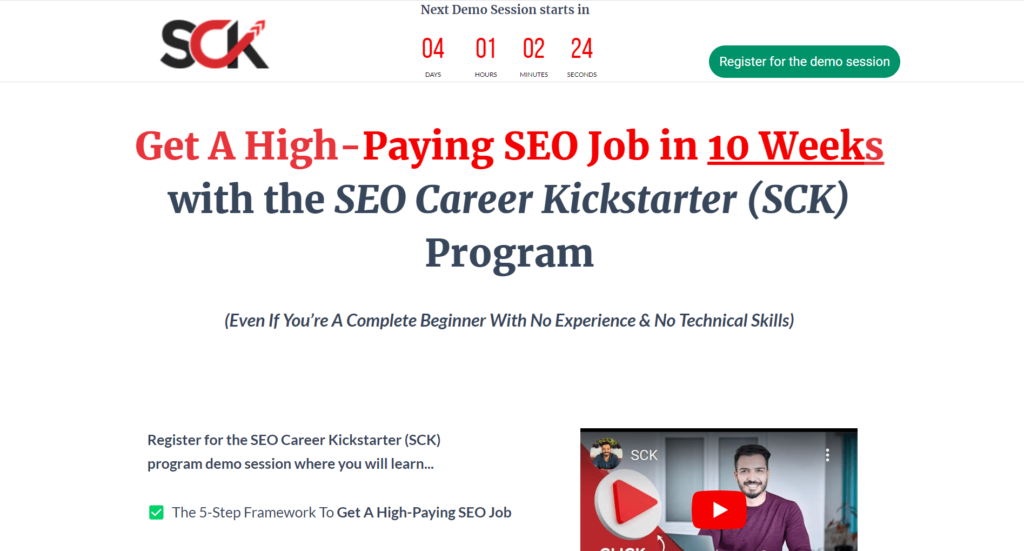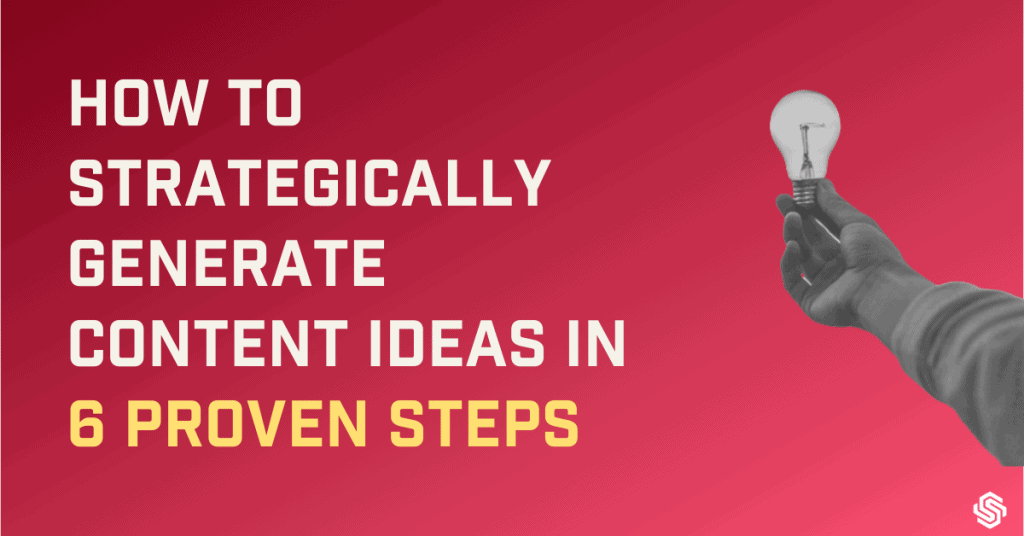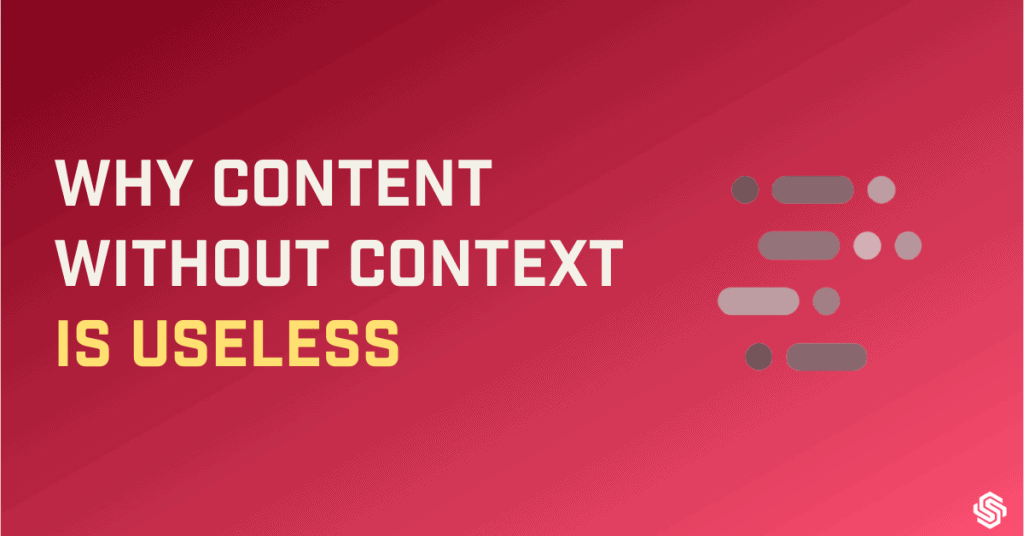
How to write a compelling landing page copy – Key Takeaways for you
| – Your first job as a copywriter is to be a leader, a mentor, or a guide that will help your audience to reach their goals. – It is important to note here that you are using persuasion and NOT manipulation to convince your audience. – A landing page is a single page that consists of all the relevant information about your product. – In order to establish a brand and develop trust, you need to put forward everything you possess to promote your product or service. – The elements of the landing page are Heading, Subheadings, Social Proof and CTA, Problem, Solution, Features & Benefits, Social Proof, Who is this for, About the Brand, and FAQs. |
Do you think long-form copywriting is unnecessary and boring?
If you said yes, let me take this opportunity to prove you wrong!
It is natural to think crisp and compact copy sells better.
Just imagine you are going to buy a car or a house, or something that takes a major investment of time, money, and effort on your part. You would want to know everything there is about the product or service you are going to buy. You would check with friends, read around reviews, and consult with people who are already using the product.
You would go back and forth from A-Zs of the product. More is less if you ask me.
That’s what your customers would be doing too when they are deciding whether or not to buy your product. You would want to comfort any qualms they have and ensure that all their questions are answered so that they can decide to buy your product. You would not want to leave any loose ends for them, would you?
The end goal of copywriting is not how much traffic your landing page receives, but how much of that traffic converts into your customers.
How do you convert your audience into customers?
Well, it is not hocus pocus. It is by persuading them! Here is how.
Who is a copywriter?
Your first job as a copywriter is to be a leader, a mentor, or a guide that will help your audience to reach their goals. You use persuasion to coax your customer to make a purchase.
Persuasion vs Manipulation
It is important to note here that you are using persuasion and NOT manipulation to convince your audience. Manipulation is to make someone do something through control and influence, cleverly, unfairly, or unscrupulously. It results in buyer remorse, where the buyer regrets what he has bought and may never return to you again.
On the other hand, persuasion is to cause someone to do something through reasoning and arguments. Your audience makes an informed decision about buying something.
What is a Landing Page? Why do you need long-form?

A landing page is a single page that consists of all the relevant information about your product. Why do you need it? Because you want people not just to read your landing page copy but to go ahead and actually buy your product.
Long-form copywriting is the best way; no scratch that, it is the only way to build comprehensive and valuable content. You can also repurpose it into other forms of content like social media content.
In order to establish a brand and develop trust, you need to put forward everything you possess to promote your product or service. People need a lot of reassurance when they are investing their time and money into something. You need to use every weapon to convince them that they are making the right decision by choosing you.
Before you begin writing your Landing Page copy…
Before you even start writing, the first thing you need to consider is, knowing who you are writing it for. When I ask most people who their target audience is, I get the answer “everybody.” Well, that’s where they are wrong. They seem to fail to understand that if everybody is your audience, then nobody is your audience.
Think of that one person who is going to be your ideal, dream customer. You would need his personal, professional, and psychological information to build a profile. The personal and professional information is to understand their age and background and psychological data can be as follows:
Hopes and desires:
Know your customer’s hopes and dreams that your product or service will help achieve.
Pains and fears:
Every person has pains and worries. Know your customer’s pains and fears so you can empathize with him and he feels understood.
Barriers and Uncertainties:
There are usually certain mental blocks when making decisions towards achieving one’s hopes and dreams. You are going to be that catalyst in making that decision. You will help him overcome his fears by comforting your customer that he is not alone in this and you understand him.
The more you understand how your customer’s mind works, the better you can be with your writing. You need to address the above psychological factors to persuade your customer. You need to join the conversation that’s already happening in their heads.
You either need to know these things or begin with an assumption about how your ideal buyer will be like and how he thinks and feels. Having a wrong assumption is always better than no assumption at all when it comes to copywriting.
Read my article on – How to create user personas for effective marketing for a better understanding.
How to write a compelling Landing page Copy (Long form) using the Art of Persuasion
Heading:
Tell your readers what your product is all about through your heading so they know what they are getting into.
Subheading:
The subheading supports your Heading by describing the results or promises your reader will get from using your product or service. Your sub-heading addresses a few of the mental blocks.
The jugular objection:
A jugular vein is a vital vein in your neck. When you apply pressure or attack a person on that spot, it stops blood flow to the person’s brain and knocks him out or kills him. I am not telling you to kill anybody here. Do not get me wrong.
All I am saying is that go for that major spot which is the most significant objection that is holding your prospect back from reaching his desired result. You need to choke that doubt so that he takes action.
E.g., Learn to write an epic blog post WITHOUT any prior writing experience,
“Learn To Write 10 Different Types Of Content And Captivate Your Audience Like A Pro, Even If You Have NEVER Written A Word Before.”
Cross the barrier of illusory superiority that a lot of people tend to have. Some have thoughts like, “This is not for me, I know better” due to superiority bias. But somehow they don’t take the necessary action either.
Use of modifiers:
- End result + Time Frame: Guaranteed results within a specific time can be a way of assuring your readers.
E.g., Meet The Web Designer Who Perfected My SEO Strategy Close and Learn How He Closed 2 Lakhs Worth of Clients in 2 weeks.
- Fear of loss: When people feel that they are losing out by not doing something or buying something, they are more willing to buy it.
E.g., The Astonishingly Simple Reason Real Estate Agents Often Ignore Short Sales And How Many Miss Out On 400% Higher Profits
- Fear of Change: People are usually not too keen on leaving their comfort zone to try something different. When you tell them they will not necessarily have to compromise with what they are doing to try something new, they feel reassured.
E.g., New Scientific Approach is Teaching Real Estate Agents How to Unlock The Secret Power of Short Sales WITHOUT Cannibalizing Their Core Real Estate Offers
- Fear of the unknown + Hopes
Eg, Real Estates Bleak Outlook in Three Charts and Why Short Sales Just Might Be the Simple Solution Agents Need
Social Proof & Call to Action (CTA)
Whether we are the descendants of apes may be a debatable subject, but we love aping others and there are no two ways about it. We look to others for validation. That is why you need social proof. You can add encouraging reviews and ratings for your product. Though it may not be a primary reason, it sure has its influence.
Call to action is where you urge them to apply or buy. It is that “Buy now”, “Apply now”, or “Register now” button on your Landing page.
Problem
Remember we talked about hopes & dreams, pains & fears, and barriers and uncertainties of your ideal customer? Here is where you use that information.
Write a relatable story to acknowledge your customer’s current situation to let them know you understand it. You can demonstrate three core challenges your customer would face regarding your solution. Before you tell them that you are solving their problem, show them that you know their problem.
Solution
Wait! Before you go about pushing your solution to their faces, it is better to talk some more!
Your customer would have previously made some efforts to solve their problem. They may even be frustrated about it. You need to acknowledge that too. You could describe what they may have already tried and failed with. Tell them what could be done to ACTUALLY solve their problem, and what might work for them. Hint: Your product! Now you can talk about it.
Did you notice how much work there is to do before you finally start talking about your product?
Features & Benefits
List out the key features of your product in bullet points, and add the benefit of each feature. These benefits cover the hopes and dreams of your customer.
Social Proof and CTA
Here you can add testimonials. Your customer needs constant urging to take action.
Who is this for?
You need to state clearly who your product is for and mention all your audience segments. If you can describe what are the benefits for each audience segment, even better. They would find themselves whether they fit in the checklist and have a sense of belonging when they do. You clarify their “What’s in it for me” query.
You can also specify who it is NOT for. Remember, not everybody is your audience. You cannot please everyone.
Another pinch of Social Proof and CTA
Though it is not a mandate, you can also add a guarantee for your product.
About the Brand
You can use this space to talk about your brand, increase your authority and credibility, and put forward your mission statement.
FAQ
You can finally add a bunch of frequently asked questions related to your product. Answering them would clear any lingering doubts.
Some more Calls to Action to end with.
Conclusion
I suppose the long-form writing makes sense to you now. There is a reason why it is long. There is also plenty of room for creativity by using images, videos, and infographics. It impacts not because of the amount of content but how the content is presented and how it speaks to its audience.
Have you ever tried long-form copywriting? Has it helped you?
Let me know in the comments.


